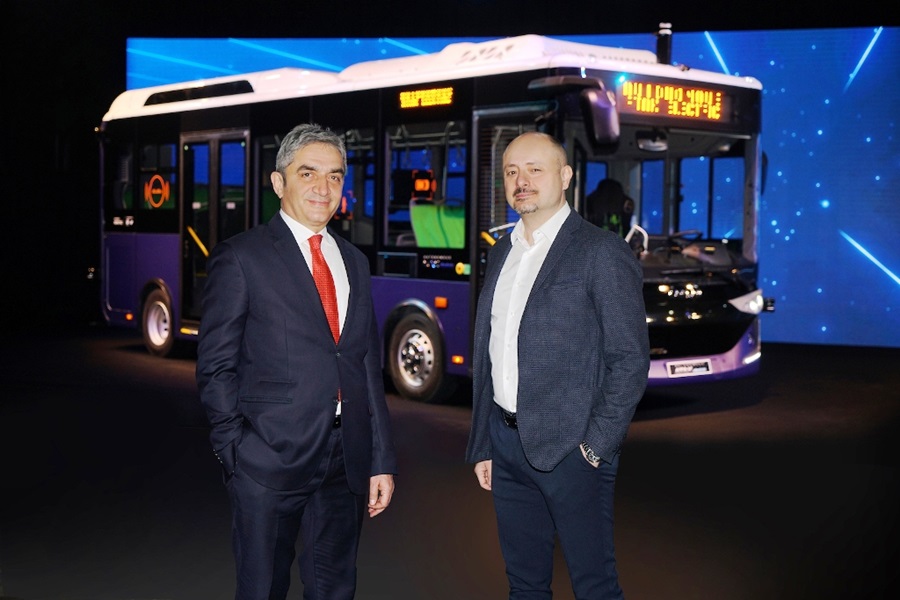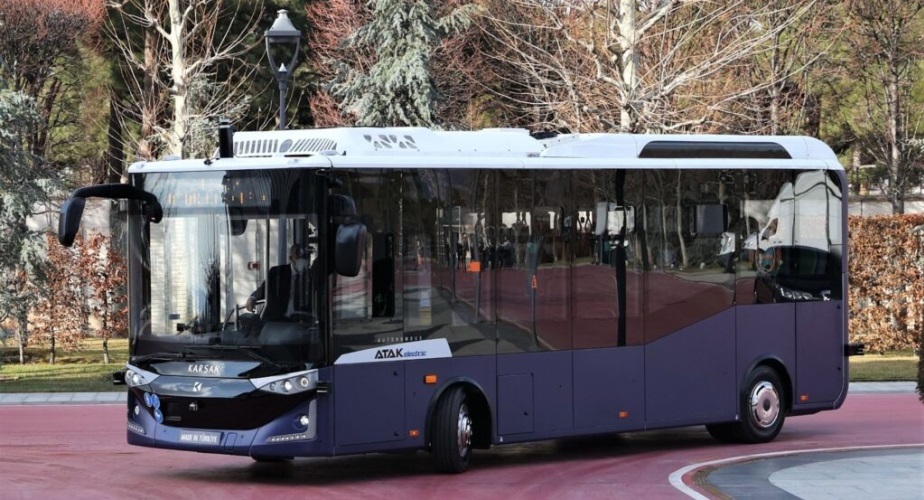Autonomous mobility is no longer just a myth but a steadily growing reality.
Ali Ufuk Peker, CEO of ADASTEC, a US-based software company that enables electric buses to become autonomous, explains why prioritizing the automation of shared transportation over private cars is crucial.
“Shared mobility regulations are expected to solve the problems of modern cities. However, if not widely adopted, it will increase traffic congestion,” explains Ufuk Peker during the Sustainable Bus webinar.
The CEO states that if the percentage of private cars is too high, it may lead to more complications rather than solutions in city centers with high traffic levels.
In this context, he details, “Vehicles will not be parked but constantly circulating to pick up passengers, adding to overall traffic congestion.”
To promote the automation of public transport, the company collaborates with bus manufacturers.
ADASTEC enables the integration of its technology into existing units, bringing them to a level of automation where human interaction is almost unnecessary.
It is the only company with original equipment manufacturer (OEM) agreements, global deployments, and the ability to operate in open traffic and adverse weather conditions.

This is achieved through its own software platform called flowride.ai.
ADASTEC is the first brand to deploy a full-size bus in open traffic, both in the European Union and the United States.
The company’s goal is to “make public transport accessible, more flexible, more available, and clean.”
“We seek to revolutionize this sector entirely, and there are some use cases that are only possible with automated driving,” says Ufuk Peker.
On the expenses side, the CEO refers to the hiring costs associated with the current bus transportation system.
“Our solution reduces labor costs, which represent around 60% of total costs. This will enable more flexible and economical services,” he indicates.
However, he clarifies that this does not negatively impact society, as there are local challenges in finding conductors.
On this issue, Peker comments, “There is a shortage of drivers, even in small cities where we operate in Michigan. There are 50 unused buses because there are not enough conductors.”
Other ADASTEC projects
Among other aspirations, the company is progressing towards the future deployment of autonomous buses at Buffalo University, a project they are working on in collaboration with Vicinity Motor.
The vehicle system will be located at the Buffalo Niagara Medical Campus.
The goal of this idea is to overcome the transportation challenges that students face in the second most populous city in the state of New York.
Regarding this project, Ufuk Peker comments, “In our project, we will have flexible stops according to demand, so we will stop at some places and at other we won’t.”
“Even, we can change the fixed basic routes according to momentary needs,” he adds.
In this location, autonomous driving buses will be available in 2024.
What Are the Future Trends in Mobility?
When asked about the upcoming changes expected in the sector, the CEO understands that the transformation will be comprehensive and collaborative.
“There needs to be a lot of development in vehicles, but also in road and network design. It’s a mistake to expect these to remain the same,” clarifies the ADASTEC representative.
He also shares his estimated projection regarding user habits and customs, as well as figures related to passengers in large urban centers.
“My expectations are that, especially in highly congested cities, there will be more shared mobility. Around 60% to 70% of the total,” Peker predicts.
In the same vein, he adds, “There will be more walking and cycling. If we move in this direction, I believe people will waste less time, and cities will be more livable.”
Additionally, the entrepreneur ventures to make some predictions regarding the years when advancements occur.
“Shortly after 2030, I expect that between 20% and 25% of people traveling will do so autonomously, and by 2050, it is possible that the percentage will be 100%,” predicts Ufuk Peker.






